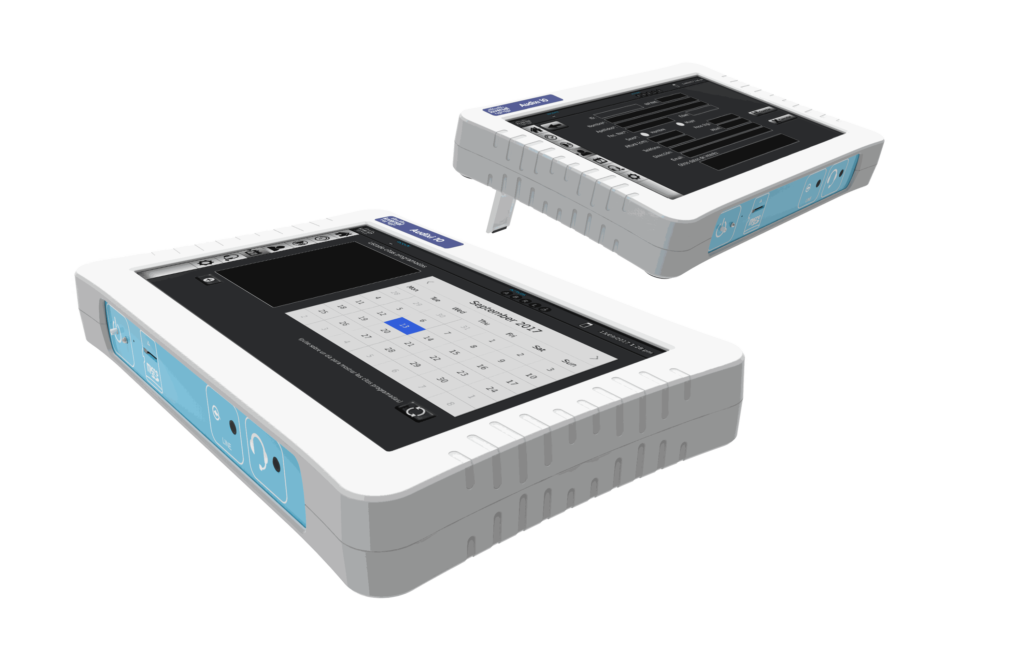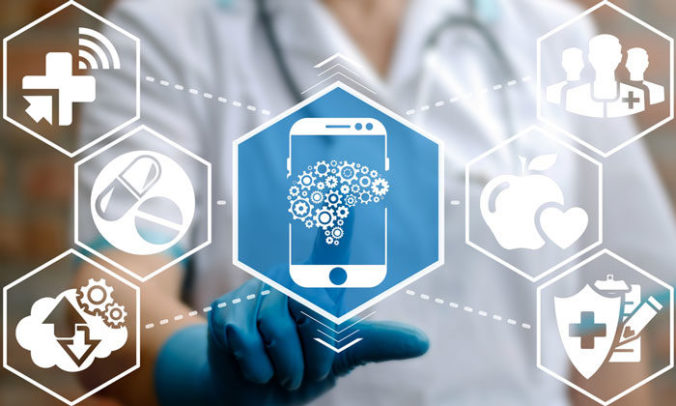The IoMT, or Internet of Medical Things, is a network of interconnected healthcare devices that uses sensors and interfaces to transfer data over the internet. Here, we explain the many applications that the IoT has in the healthcare sector and how it is revolutionising today’s society.
The Internet of Things
The IoT has gained widespread attention over recent years, but what exactly is it?
The Internet of Things is a network of machines or devices equipped with data-collecting technology that are capable of communicating with each other. This interconnectivity is referred to as machine-to-machine communication, or M2M.
The key purpose of the IoT is collecting and transmitting data. The ability to gather and manage information creates important business opportunities and allows companies to optimise time and reduce costs.

Photo credit: appsec labs
Gartner, the world’s leading research and advisory company specialising in IT-related insight, estimates that there are currently in the region of 8.4 billion connected devices being used in the world, and forecasts that by 2020, this number could increase to 20.4 billion.
Therefore, the IoT presents a huge challenge for the coming years, as this almost immeasurable amount of data needs to be stored efficiently and safely.
The impact of the IoMT or healthcare IoT
The IoT covers many different sectors, including industry, domestic and home uses, smart cities, logistics, sports or agriculture. However, some of the most significant applications with the greatest potential for growth are in the healthcare sector.
The IoMT or Internet of Medical Things comprises every medical device or app that is used to digitalise and transform healthcare services. According to calculations made by the business consulting firm Frost & Sullivan, the IoMT or Healthcare IoT is set to grow more than 26% by 2021.

Photo credit: fortinet
Meanwhile, technology distributor Westcon-Comstor confirms that connected healthcare will be one of the four trends that will cause the greatest impact in the technology market. Specialists expect 50% of healthcare companies to have developed specific platforms, tools and resources to gather, share and analyse data in a bid to achieve even more precise responses by 2019.
Applications of the IoMT
The IoMT is designed to help offer patients the best possible real-time care while optimising healthcare services.
This new form of healthcare and data management is transforming medical centres and institutions by saving costs, improving profitability, reducing waiting times and, most of all, improving the patient experience and level of care.
Today, the main applications of the IoT in healthcare are:
- Telemedicine: the use of telecommunication structures and data exchange between different medical centres to provide remote clinical healthcare. It allows medical staff to carry out real-time patient monitoring with fewer time and mobility constraints.
- Wearable devices and Big Data: these allow the real-time measuring and monitoring of vital signs, in addition to the analysis of the patient’s organ function or physical movements.
- Artificial intelligence: AI is applied to gather data that can be used to make more thorough decisions that both benefit the medical profession and allow medical staff to design better, more precise treatment plans for each patient.
- Drones: these devices can act as a support mechanism in social or healthcare emergencies where access is difficult, or in logistical operations in dangerous environments.
- Augmented reality: this allows medical professionals to watch procedures and diagnoses in real time in order to learn new skills and broaden their knowledge base.
At Kiversal, we develop innovative solutions that allow the monitoring, diagnosis and treatment of chronic conditions such as hearing impairment or other auditory function deficits. The first device we created is Audixi 10, an internet-enabled audiometer that can be connected to the IoT. This compact, portable device is equipped with an innovative maintenance and calibration system and allows data to be provided and integrated into the IT systems and databases in medical centres.

If you represent a medical or hearing centre and have any doubts or queries regarding the IoMT, or if you are interested in purchasing a digital audiometer, please do not hesitate to contact us for more information on Audixi 10.

0 Comments
1 Pingback